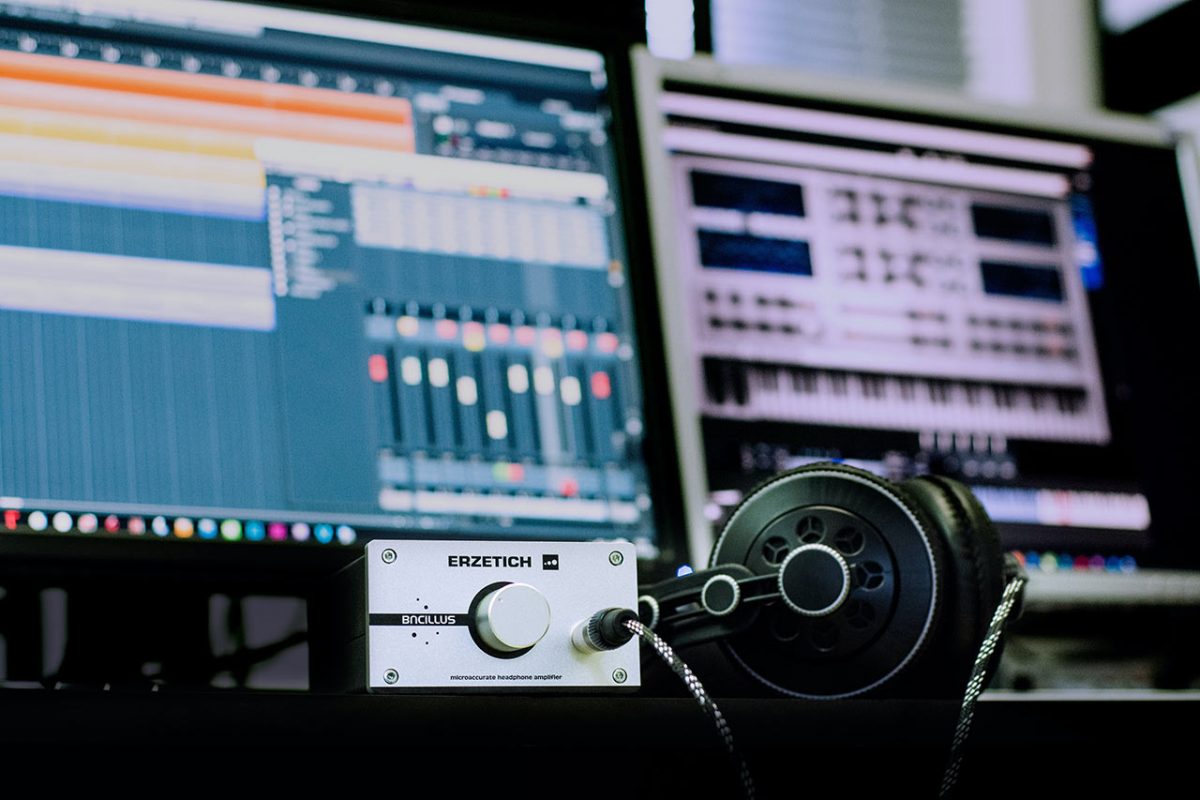Mastering is the final stage any piece of music production passes through before being released via streaming or physical media – usually your last chance to add that professional touch to a recording and make it pop to the listener. Effective mastering is all about skill, experience, and having the right tools – be it plugins or hardware. Equalization is one of the primary weapons in the mastering tool box, where it is used to add punch, air, and tonal balance. EQ can also be used to correct issues like overly loud frequencies that pop out and overwhelm the rest of your mix.
Let’s look at top ten tips for applying equalization during mastering.
1. Try cutting bands instead of boosting them.
2. Cutting or boosting more than 5 dB means you probably have a problem that you can’t fix from the stereo master.
3. Use as few bands as possible
4. Use gentle slopes (wide bandwidth, low Q)
5. Shelve or highpass filter below 30 Hz to get rid of low frequency rumble and noise.
6. Try using bass dynamics (i.e. multiband compression) instead of boosting low EQ if you’re trying to add punch to the bass or kick.
7. Try bringing out instruments by boosting the attacks or harmonic frequencies of the instrument instead of just boosting their fundamental “lowest” frequency. If you try to bring out the fundamentals of every instrument your mix will just sound like mud.
8. Try using multiband harmonic excitation instead of boosting high EQ to add sparkle or shine. This is purely subjective. Compare harmonic excitation to the effect of a gentle sloping EQ boost around 12-15 kHz.
9. Use your ears and your eyes. Compare to other mixes using both senses.
10. Dip around 2-3 dB at 300 Hz with high Q / Bandwith to make your mix clear.. avoid dipping too much and too wide that would kill the mix.. do this only to clear the mud.

